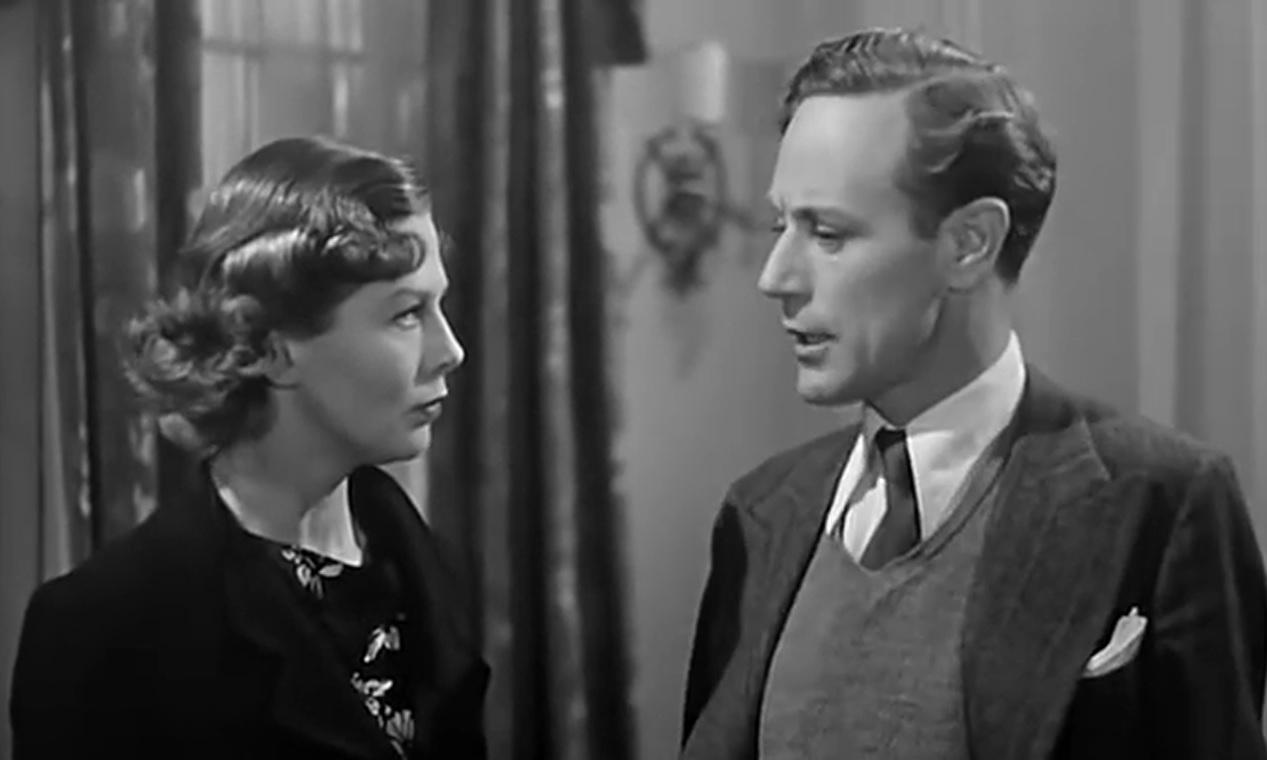Pygmalion is a play by George Bernard Shaw, first performed in 1913. The play tells the story of a Cockney flower girl named Eliza Doolittle, who is transformed into a lady through the efforts of a linguistics expert named Henry Higgins.
The play is named after the Greek myth of Pygmalion, who was a sculptor who fell in love with a statue he had carved. In Shaw's play, Higgins is like Pygmalion, trying to transform Eliza into the perfect woman through his teaching and training.
The play begins with Eliza selling flowers on the streets of London. She is poor and uneducated, and speaks in a thick Cockney accent. Higgins is a professor of phonetics who is fascinated by accents and dialects. He meets Eliza and makes a bet with his friend Colonel Pickering that he can transform Eliza into a lady by teaching her to speak proper English and changing her mannerisms.
Higgins begins to teach Eliza, and she makes remarkable progress. She becomes more confident and starts to speak with an upper-class accent. However, Higgins is also very demanding and critical of Eliza, and their relationship becomes strained as he pushes her to be perfect.
As Eliza's transformation nears completion, she begins to question whether she wants to be a lady and whether she wants to continue living with Higgins. She realizes that Higgins has only been interested in her as a project, and that he does not truly care about her as a person.
Eliza ultimately decides to leave Higgins and make her own way in the world. She leaves him with a newfound sense of independence and self-respect.
Pygmalion is a classic play that explores themes of social class, gender, and self-improvement. It is a thought-provoking and entertaining work that has stood the test of time.








